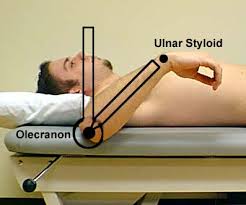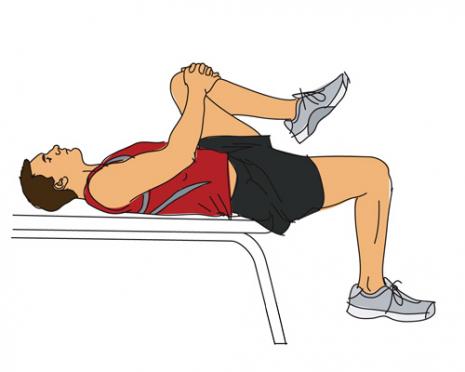Use of Post-isometric Relaxation in the Chiropractic Management of a 55-year-old Man with Cervical Radiculopathy
Use of Post-isometric Relaxation in the Chiropractic Management of a 55-year-old Man with Cervical Radiculopathy
SOURCE: J Canadian Chiropractic Assoc. 2012 (Mar); 56 (1): 9-17
Peter Emary, BSc, DC
Private practice: Parkway Back Clinic, 201C Preston Parkway, Cambridge, Ontario, N3H 5E8. Phone: 519-653-2101. E-mail: drpeter@parkwaybackclinic.ca
Introduction
Cervical radiculopathy (CR) is an impingement or inflammatory irritation of the cervical spine nerve root(s), resulting in pain (or numbness) radiating along nerves of the upper extremity; [1,2] the C6 and C7 levels are most often affected. [1,3] Limited research is available on the incidence and prevalence of CR; however, the incidence rate (in Rochester, Minnesota) has been reported at 83.2 cases per 100,000 people per year (107.3/100,000 for males vs. 63.5/100,000 for females), with peak incidence in those aged 50–54 years. [1] A history of physical exertion or major trauma precedes the onset of symptoms in less than 15% of cases. The most common causes are cervical spondylosis and intervertebral disc herniation, [1,3] accounting for approximately 70% and 20% of cases, respectively. [1] In the former, posterior vertebral body osteophytes and/or facet joint/ligamentum flavum hypertrophy encroach upon the intervertebral foramen; posterolateral herniation of disc material results in foraminal encroachment in the latter. In either case, cervical nerve root pain and dysfunction can occur. [4]
There are other similar articles at the:



